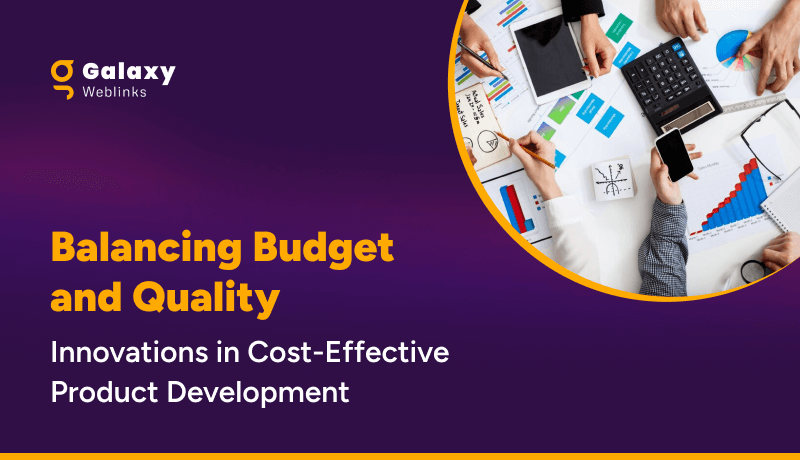Although CMS products are all designed to produce similar results, they all do not offer the same features. It is critical to ensure that the product you select will work for your organization. There are numerous CMS available for you to choose from, and therefore, the process of selecting a CMS can often take longer and more complex.
The amazing content you produce needs to be presented and managed perfectly, or you will not make the right impact. Let us ponder on the factors that should be considered while selecting a CMS? What features should you put first?
In this blog, we’ll show you the answers to these questions.
#1 Technology integration
In an era when technology affects every aspect of your business, your CMS must integrate seamlessly with your other marketing, sales, communication, and project management initiatives.
Tip: Begin by conducting a technology audit. Make a list of the tools/technologies you use to complete the following tasks:
- Marketing automation
- Customer relationship management system
- Project management system
- Forms management
- Email/Social media marketing
- ERP
- Customer support
The majority of these tools will either feed or pull data from your CMS.
For example, your blog post could include gated content or a lead magnet. This lead magnet connects to your lead acquisition tool, which connects to your marketing automation and email marketing tools. Once a lead is marked as qualified, it should be routed to your CRM. This is then integrated into your marketing automation tool to further nurture the leads.
This creates several dependencies that influence your CMS choice. The more tightly your CMS is integrated with your other marketing and sales tools, the smoother your marketing machinery will run.
#2 Business Impact
Tip: When considering the effects of a CMS on your business, you should consider the responsibilities you accept when choosing a platform.
With a development platform, you will either require internal resources to manage them or outsource the services required. When you build your website on these platforms, you have to go through a lot more steps in terms of functional requirements and development cycles to get to the final product.
The majority of the development is completed with a solutions platform, and your company will need to configure the platform to meet your specific needs. Adoption is also generally faster because these systems are designed to be user-friendly.
#3 Ongoing Requirements
The process of creating a website for your company can be difficult. Managing stakeholder expectations, ensuring you deliver on business requirements, and getting your vendor to deliver on their promises are just a few of the issues that arise during the process.
The build, however, should be considered the start of your digital journey. The hard work begins the day the website is launched and you now need to validate the assumptions you made many months prior during the discovery phase.
Tip: Integrated analytics serve as a springboard for your responses, A/B testing of content, and user journeys. This then leads to website updates, content changes, and the launch of landing pages for specific campaigns. Understanding how the CMS platform behaves when there is a need for continuous change should be part of the decision-making process.
#4 Security
Security is a major consideration. You need a CMS that will protect your content and customer data from current and future threats.
There are four things to think about here:
Security features: Does the CMS include built-in security features (for example, two-factor authentication)? If not, does it have security plugins and third-party integrations?
Infrastructure requirements include: Is the CMS in favor of infrastructure-level security upgrades?
Environment for plugins/modules: Are your most frequently used plugins/modules secure? Do their developers check for updates regularly?
Development speed: How quickly do developers release updates and security fixes? This is especially problematic with open-source software.
#5 WYSIWYG content creation
WYSIWYG (What You See Is What You Get) user interfaces have become a standard feature of CMS platforms ranging from the most basic to the most sophisticated.
A WYSIWYG content authoring environment, as the name implies, allows marketers and non-technical users to create content using familiar formatting tools (such as those found in Microsoft Word).
Consider the following:
- Can marketers use the editor to easily change the look and feel of content?
- Does the editor support multiple delivery channels with previews of content?
- Is the editor responsive and quick, or is it slow and difficult to use?
- Does the editor allow you to embed video on product pages and other web pages to support your video content?
How to make the best choice
Choosing a CMS is a difficult task. You must balance multiple requirements from various departments, evaluate dozens of options, and choose something that falls into the Goldilocks zone of cost, complexity, and ease of use.
Hopefully, this blog will assist you in making a more informed CMS decision.
Here are your next three actions to take before you leave:
- Inquire with your marketing, editorial, sales, and IT departments about their CMS requirements.
- Examine your current technology stack and skills concerning all stakeholders.
- Estimate a budget and take into account the cost of implementation for both open and closed source solutions.
The flexibility and features they offer are out of the box, along with their content-first approach they are not too high up on the learning curve. All these features combined, make them our go-to for nearly every custom web project.
It is an essential component of our web design and development capabilities. Are you interested? Contact us, and we’ll be happy to discuss how they can improve your site.
About Galaxy Weblinks
We are your offshore CMS development partner and have state-of-art infrastructure and development expertise on the latest CMS technology trends. We have hands-on experience in end-to-end WordPress CMS development solutions catering to different business needs. We offer assistance from building custom CMS websites to website migration and maintenance processes.

